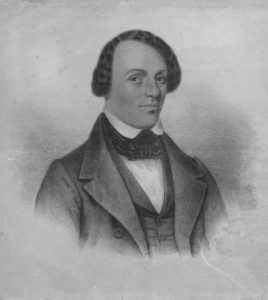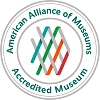A Visit to the Norfolk Waterfront
By Melva Tolbert, Oberlin Heritage Center Volunteer
In keeping with the theme of freedom and the Underground Railroad, I recently visited Norfolk, Virginia which is rich in history and stories of freedom. After a stop at the Norfolk Visitors Bureau, I set out to find the Norfolk Waterfront. I ventured a couple of blocks to the Elizabeth River and found an Underground Railroad historic marker which denotes the place where many enslaved blacks sought freedom along the waterfront.
Prior to the Civil War, the waterways along the east coast served as a transportation mode that brought enslaved Africans and free blacks to the east coast. It also was the site for a busy commercial activity. This historic marker highlighted the story of George Latimer, an enslaved black man seeking freedom like thousands like him in the North. George and his wife Rebecca escaped by the waterways to Boston and he did not return to his owner.
George Latimer New York Public Library Digital Gallery
Because such a large number of blacks were employed in the shipping industry (shipyards, boats, and steamships) they were able to quietly assist African Americans with securing transportation heading North. Additionally, whites, either for a fee or by aiding the efforts of the Underground Railroad movement, transported enslaved men and women out of the Virginia and North Carolina area. It is believed that thousands of people were able to reach northern cities and Canada through these heroic efforts. Much like the abolitionist of Oberlin, you could find men and women in another part of the country who were committed to the message of freedom and the network of the Underground Railroad (on water).
Link to Waterways to Freedom interactive map and historical information
Tags: Abolition, Elizabeth River, freedom, George Latimer, Norfolk, Norfolk State University, Oberlin, slavery, underground railroad, Waterways to Freedom







